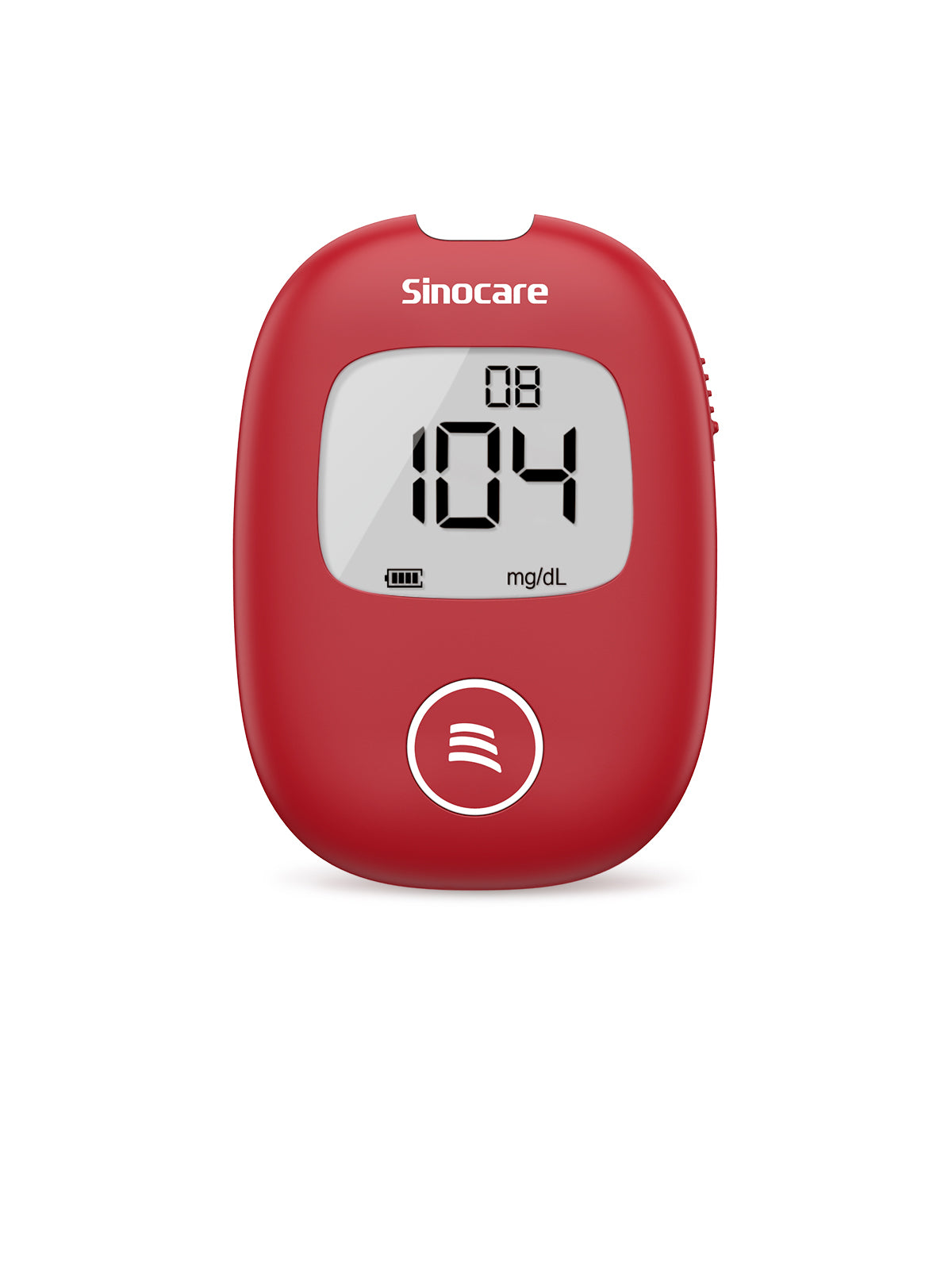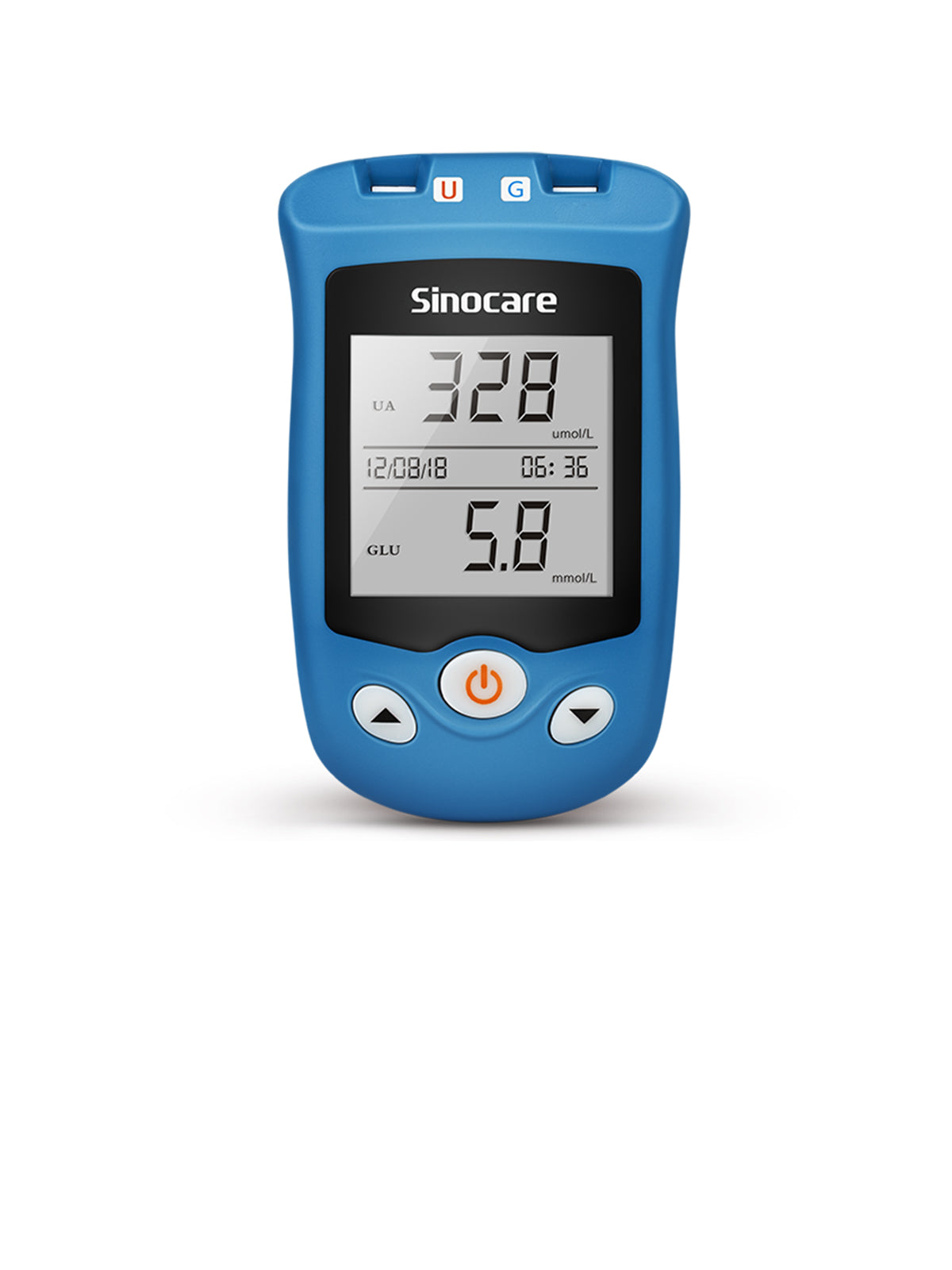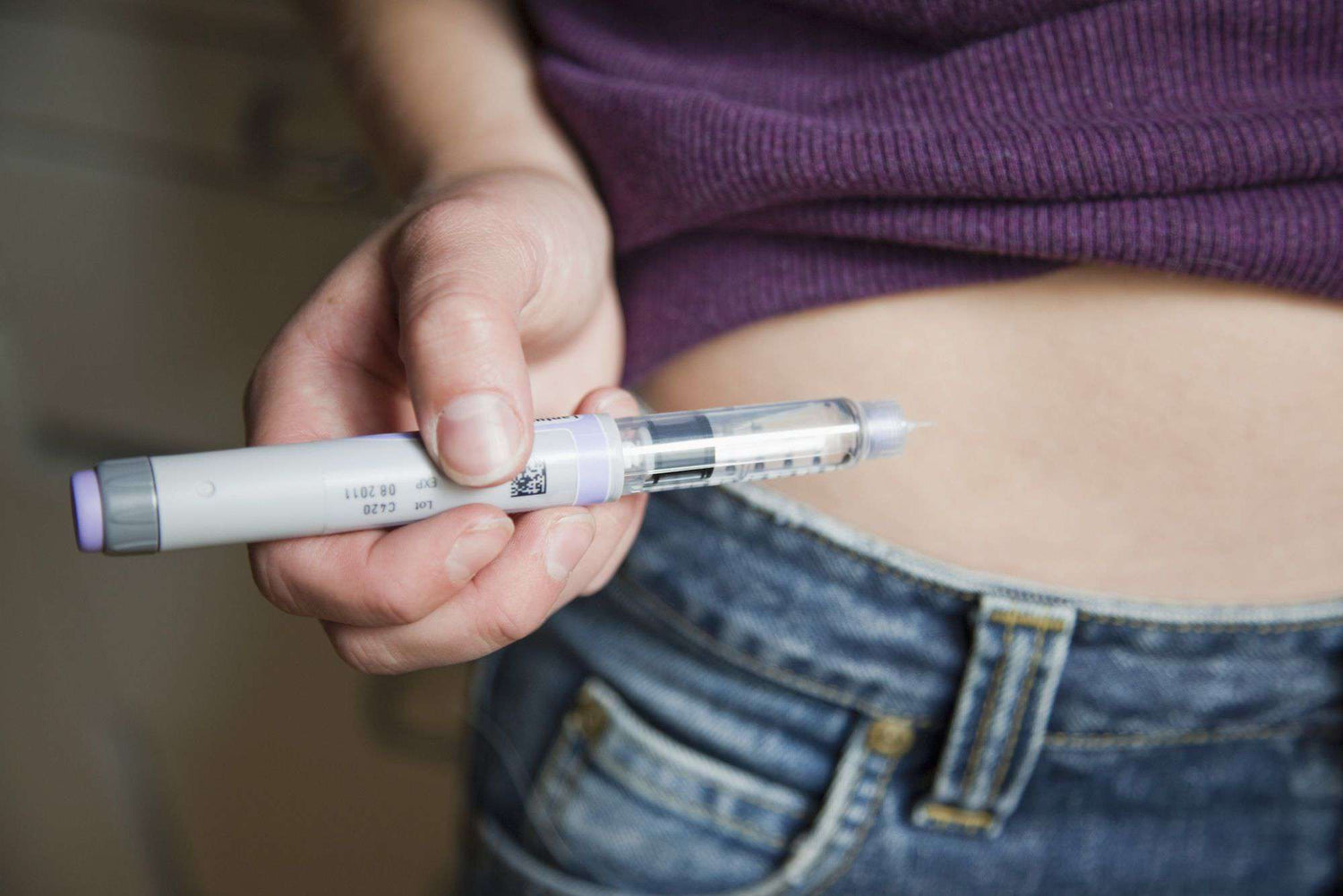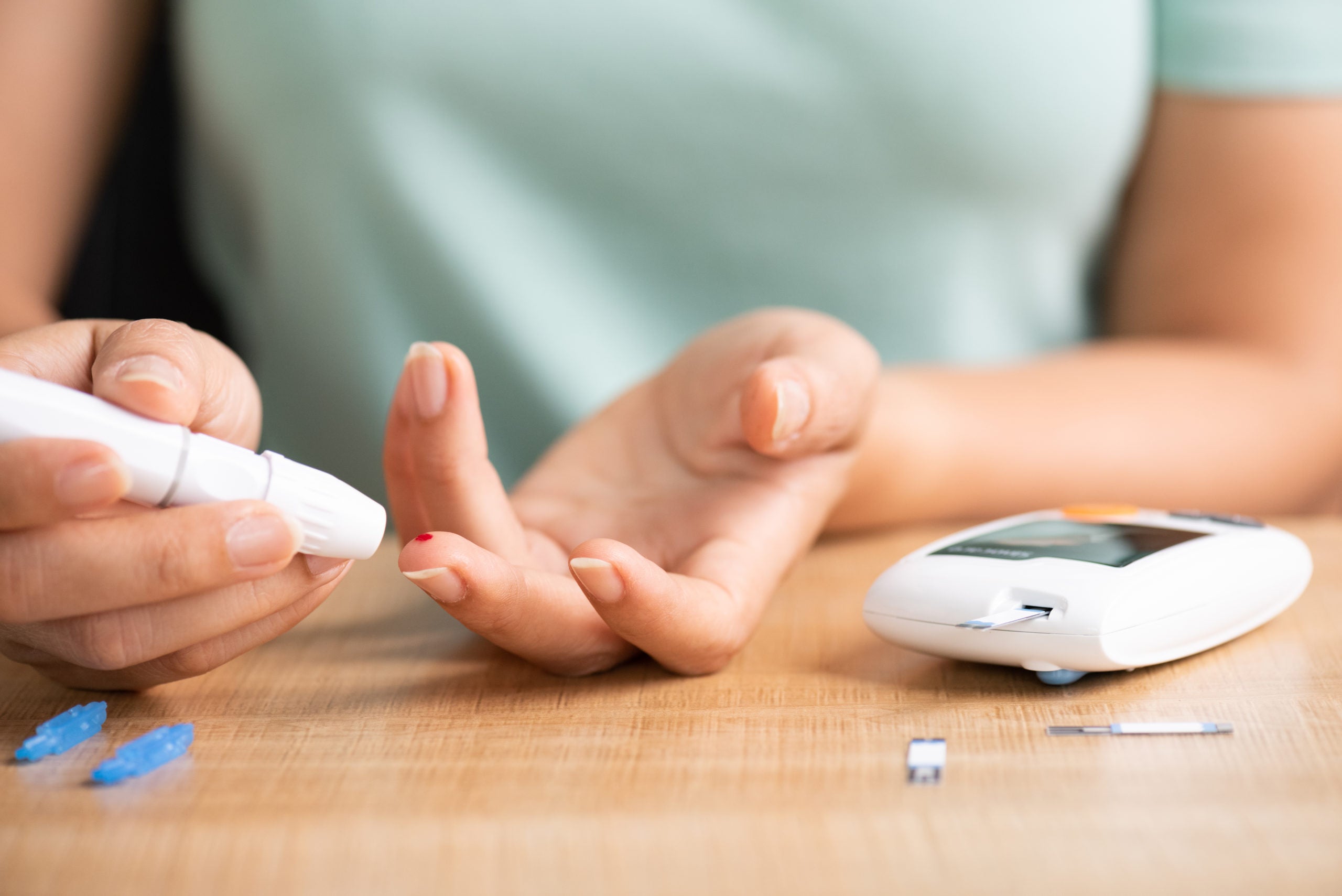In the treatment of diabetes, insulin therapy, as one of the methods of drug therapy, has played a good effect on controlling blood sugar levels for some patients. However, due to the lack of understanding of insulin, and even the lack of knowledge in insulin injection, it has become difficult to adhere to insulin treatment according to the doctor's advice, resulting in many patients' blood sugar still not well controlled, or even refusing insulin treatment. In this article, we'll answer ten frequently asked questions about insulin.
1. Is taking insulin "addictive"?
The answer is NO.
Whether insulin is needed or not depends entirely on the condition. Insulin is a physiological hormone that exists in the normal human body and can lower blood sugar. Insulin injection can be said to supplement endogenous substances, therefore, the use of insulin does not have the problem of addiction.
2. Does insulin have to be kept in the refrigerator?
Insulin injection is a protein hormone, and its storage has strict temperature requirements, and freezing and exposure to the sun are contraindicated.
Unopened insulin should be kept refrigerated at 2~8°C. Opened insulin and installed insulin refills should be kept at room temperature below 25°C, dry and ventilated, and protected from direct sunlight. Insulin can be kept in an insulated bag when traveling.
If the opened insulin is also stored in the refrigerator, then 30 minutes before use, it is recommended to bring the insulin to room temperature for rewarming. Do not directly take out the insulin in the refrigerator and inject it directly.
Insulin is valid for 4 weeks after opening. Do not use it after this time, because the expiration of the drug will affect its efficacy of the drug.
3. Can I use iodine to disinfect without alcohol?
When injecting insulin, the injection site should be kept clean, and 75% alcohol should be used to disinfect the injection site before injection. So, can iodine be used to disinfect without alcohol?
Although iodine and iodophor are also commonly used disinfectants, the interaction between iodine and insulin will reduce the effect of insulin, so it is not appropriate to use iodine-containing disinfectants when injecting insulin.
4. Can insulin only be injected into the abdomen?
There are four injection sites for insulin.

Abdominal: Injections are performed in the abdomen, but injections should be avoided in a circular area with a radius of 2.5 cm centered on the umbilicus.
- Thighs: Front and outer thighs.
- Upper arm: You can choose the lower and outer sides of the deltoid muscle of the upper arm for injection.
- Buttocks: Injections can be given above the outside of the buttocks.
Insulin is absorbed at different rates at different injection sites:
- In the case of not exercising: the absorption rate from fast to slow is abdomen > upper arm > thigh > buttocks.
- The situation during exercise: Insulin is absorbed fastest in the legs.
5. There is a lump in the abdomen after a long-term insulin injection, what should I do?
Subcutaneous induration after long-term insulin injections is due to the lack of rotation of injection sites. Multiple injections at the same injection point will cause subcutaneous induration and lipoatrophy. If the injection continues at the induration, the insulin will not be absorbed, which is not conducive to blood sugar control and even affects the appearance.
So how should you rotate injection sites?
Large rotation: In the abdomen, upper arm, outer thigh and buttocks, these four parts are injected in turn, which is called large rotation.
Small rotation: We divide the above four injection sites into different areas. It is recommended to select the same area for injection every week, and use these equally divided areas in clockwise rotation. This rotation method is called small rotation.

We can also use tool cards to help with injection rotation. Taking the abdomen as an example, we divide the abdomen into four areas. In the first week, the injection is performed in the first area, but it should be noted that each injection needs to be at least 1cm away from the previous injection point, and the second area is changed to the second area. , and so on.
6. Can insulin needles be reused?
The answer is NO.
Insulin needles must be replaced one at a time. There are many hazards of reusing needles. Under a high-power microscope, we can see that the reused needles even have barbs.
Repeated use of needles can cause injection pain, needle blockage, hyperplasia of subcutaneous fat, affect drug concentration and dosage, cause infection, and even risk needle breakage. So even if the insulin pen is used by itself, the needle should be replaced every time.
7. Why is the insulin still dripping when the needle is pulled out?

This is because the needle of the insulin pen is relatively slender, and the injection time of the liquid into the body is relatively prolonged when the liquid is injected, and with the continuous increase of the injection dose, the absorption rate of the liquid at the original site where the needle tip is located after injection will increase with the dose. increase and slow down.
The needle leaks, which reduces insulin availability and affects blood sugar control. We can reduce the phenomenon of insulin leakage by prolonging the indwelling time of the needle. Needle indwelling time is related to characteristics such as injection dose and needle length. When injecting with an insulin pen, wait at least 10 seconds before withdrawing the needle to ensure that the full dose of the drug is injected into the body and prevent leakage of the drug solution.
When the drug dose is large, it is necessary for the needle retention time to exceed 10 seconds.
8. Does it matter if the needle bleeds and the skin bruises after the injection?
Occasionally, blood vessels or capillary beds may be hit during injection, resulting in localized bleeding or bruising. Such local bleeding or congestion at the injection site does not have adverse clinical consequences for insulin absorption or overall diabetes management.
Pressing on the bleeding site for 5-10 seconds should stop the bleeding.
If frequent or excessive bleeding or bruising occurs, injection technique should be carefully evaluated and the presence of coagulopathy or the use of anticoagulants should be confirmed.
9. When is the best time to inject insulin?
The injection time of insulin is directly related to the type of insulin, and the injection time should be standardized according to the type of insulin used.
Meal injection: rapid-acting insulin
Injection 30-45 minutes before the meal: short-acting insulin
Injection 30 minutes before the meal: premixed insulin
1 hour before breakfast and dinner or before bedtime: intermediate-acting insulin
Before bed or at a fixed time of day: long-acting insulin
10. How to dispose of discarded insulin needles?
Used insulin pen needles are medically polluted sharps. If they are discarded at will, they will not only hurt others but also pollute the environment.
Correct handling method: Put the needle on the outer needle cap with one hand and put it in a special sharps box before discarding.
If there is no dedicated waste container, you can also use a container that will not be pierced by needles, such as a hard-shell container with a lid.










Leave a comment
All comments are moderated before being published.
This site is protected by hCaptcha and the hCaptcha Privacy Policy and Terms of Service apply.